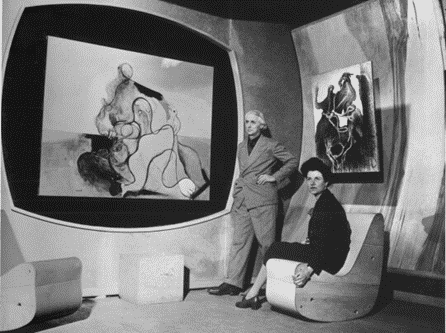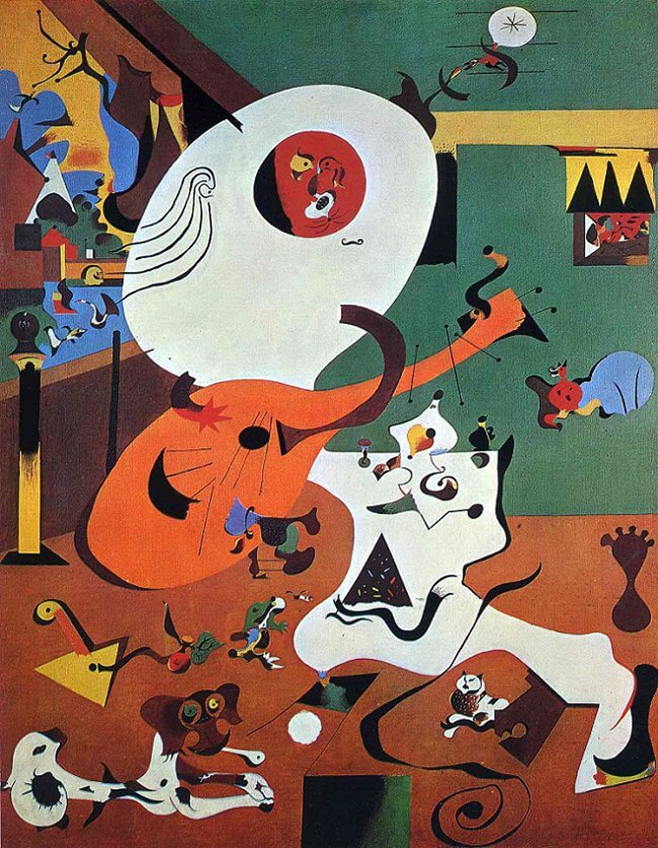Immagini per l'interrogazione classi prime
Ricorda:
Domande possibili:
- What is this?
- Is there /are there a/an/any... in/on/under...?
- How many... are there in/on/under...?
- What colour is/are the...?
- What colour is the girl's/boy's...?
- Where is/are the...?
- What is there next to/between/behind/on...?
- Who is next to/near...?
- Has the boy/the girl/the house/the room got...?


























.jpeg)





































































